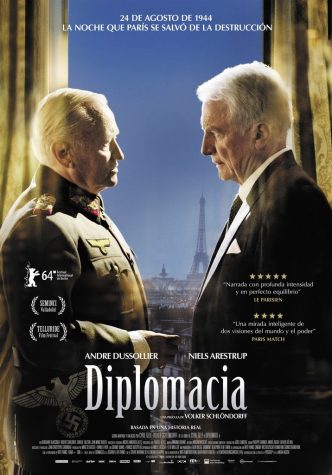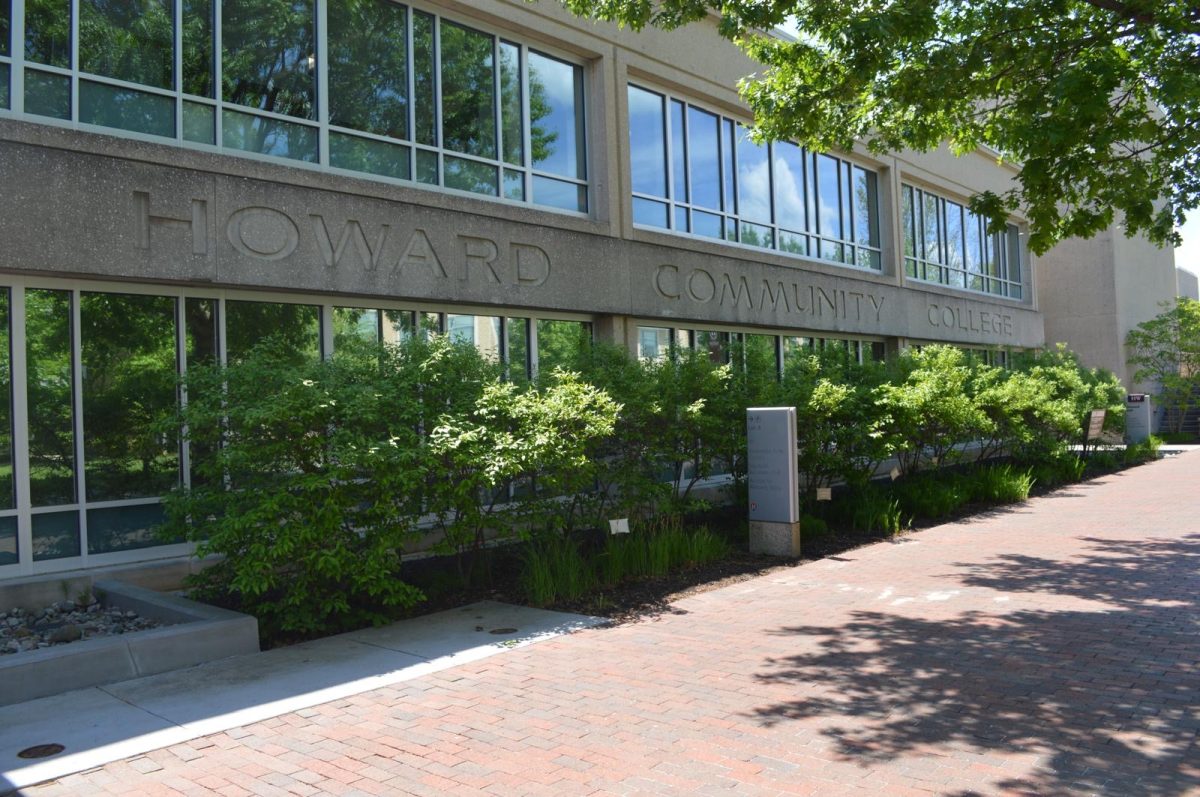Codependency, Gaslighting, Abuse, and Swedes: A Retrospective of Midsommar
September 12, 2019
Midsommar, released in cinemas on July 3rd of this year, is the second offering of director Ari Aster after the critically acclaimed film Hereditary. The plot of Midsommar follows a woman who, after experiencing tragedy, goes to Sweden for a Midsummer festival with her emotionally abusive boyfriend and enters a community made up of murderous cultists who have their own plans for her. However, while the film is primarily a horror story set in a part of the world where it is perpetually daytime, it is equally an exploration of codependent and abusive relationships and their effects.
SPOILER WARNING: Spoilers for this movie below.
The story for this movie is simple. It starts with Dani, a grad student played by Florence Pugh in an incredibly convincing performance, finding out about her sister’s murder-suicide that leaves her entire family dead. Her boyfriend, Christian (Jack Reynor), was about to break up with her at the urging of his friends, Mark (Will Poulter, perfectly cast) and Josh (William Jackson Harper). The film then cuts to about six months later at the start of June. Dani and Christian are still together, but their relationship is toxic. Christian has become an emotional abuser. Dani is still in the grip of trauma and is becoming emotionally dependent on Christian as a result. At a party, she finds out about a group trip him and his grad student friends are taking to Sweden for a Midsommar festival, hosted by the family of a Swedish friend, and after a fight about Christian not telling her she ends up invited on the trip as well.
This is where the film’s main focus shifts into straight horror for a bit. The family that the Swedish friend, Pelle (Vilhelm Blomgren), spoke of is actually a large community group called the Hårga. The Hårga are hidden off the grid in a remotely northern part of Sweden where there is always sunlight out around the time of the Summer Solstice. The students begin to take part in the festivities (which only occur every 90 years) by using psychedelics, witnessing some strange community activities, and then being invited to take part in a ritual known as an Ättestupa.
The ritual starts off as a feast in honor of two elderly members of the Hårga. It finishes with the two elders being carried up a cliff in front of the crowd and walking off. This is an intensely tense, startling, and graphic scene, as director Aster does not shy the camera away from the violence involved (especially when one of the elderly does not die right away and is unceremoniously murdered by another Hårga member with a mallet). This is also a turning point for the audience- before this, the audience is probably aware that there’s something not right with the Hårga, and because it is a horror movie they should be expecting something startling to occur. However, the nature of this moment puts the cards on the table that this is not a standard “cult kills outsiders” horror film that just happens to be more stylized. The fact that Dani’s trauma following this scene is treated as equally important than the scene itself and progresses into her getting manipulated into staying by Pelle shows that the emotional and psychological aspects of the plot are much more of a focal point than the violent and shocking ones.
Midsommar ultimately ends up as a poignant message about the effects of grooming, manipulation, emotional abuse, gaslighting, and ego, as it primarily follows Dani’s gradual connections with the cult and with Pelle as the other students are slowly targeted due to their own faults and sins against the Hårga. All of the artistic aspects of the film contribute strongly to this message. The visuals are stunning. The setting of the film in an always sunlit community manages to make daylight oppressive. As opposed to most horror films, where the light feels like the only safe place, in Midsommar the light adds to the sense that the Hårga are always able to see and watch what is going on around them. In addition, the scenery seems to move whenever the characters are on psychedelics, mirroring their feelings effectively and adding to the feeling of discomfort. Director of Photography, Pawel Pogorzelski’s camerawork adds to this oppressive and disconcerting atmosphere but also enhances the emotions the characters themselves, so as Dani begins to drift further into the group the camerawork itself starts to become very comfortable and grounded around them. Bobby Krlic’s score is subtle, mostly working to enhance what’s on screen and only becoming a center of attention a few times. However, it effectively adds support to what is on the screen.
Midsommar is a very well made film that uses all of its moving parts to present its concepts and emotions to the audience. Ari Aster effectively proves that he is not a one-trick-pony, creating a film perhaps less scary than his previous outing but much more powerful and meaningful. By the end of Midsommar, a viewer feels like they have slowly been going down a twisted rabbit hole where violence and murder are normal, cults are family, and reality is subjective. Yet there is also a freedom presented in the fiery ending of the film. The uncomfortable world of this film is more effectively disturbing than any film that uses jump scares and excessive gore, and it sticks with you for much longer. 5/5 stars.
(NOTE: there were two versions of this film screened in cinemas, the theatrical cut and the director’s cut. The theatrical cut was what was primarily in cinemas and the director’s cut was only screened for a week in late August. This review is of the theatrical cut.)






